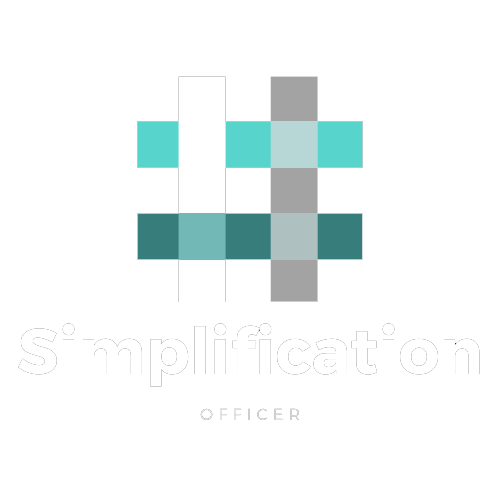As the teams are having 2 week iterations to build solutions to problems, the Product Owner has 2 week iterations as well to produce just enough new detailed input for his/her team as the team can handle within a single iteration. The rest is all about communication, collaboration and transparency towards the results and planning of the team.
Acknowledge your interest to the team
Having this in mind we could say that in a good environment a Product Owner is actively involved with the team and its iteration demo, retrospective and planning session, which takes about 1 day in total.
Stakeholder management
Since his/her team is now just starting to work on their selected subset (called sprint backlog) the Product Owner has time to engage with Business, Customers and other stakeholders in order to gather more information.
Backlog grooming
Groom the backlog into detailed requirements, stories that are ready for the team to take into a sprint.
Watch out here!
Only groom as much as the team can handle within their 2 week iteration, doing more is of no use and is generating noise within the backlog. Your time can be used more effectively! As soon as the Product Owner has reached the capacity of his/her team, he or she should focus on the high level requirements, Epics, and reduce the risk and if needed change priority within those.
Align everybody
Since 1 and 2 of the 2 week iteration will generate a lot of insight into the upcoming work it is important for the Product Owner to align his/her insights with the stakeholders and align on priorities and dependencies. Preferably in a 2-4 hour meeting scheduled on second last day of week 1. The next day the Product Owner can incorporate this information into the backlog where appropriate, which ends the Product Owners first week out of the 2 week iteration.
Actively support the teams completing stories, fulfilling their commitments
Starting the second week of the 2 week iteration should be the signal for the Product Owner to actively support his/her team to be successful within their ongoing iteration. Remove or propose other work to the team in order for them to succeed and in order for the Product Owner not to be surprised at the iteration end or demo.
Help validating the work done
Since we are in the second week of the iteration the team will start finishing up some of their developments and the Product Owner will most probably be highly occupied testing and validating the working software together with the team. It is not the purpose that the Product Owner is kept away from the software until the team is presenting the demo at the end of their iteration! It is good practice if the software is tested and validated by the Product Owner within the iteration so that feedback can immediately be incorporated and we avoid rework.
Get estimates for the new items in the backlog
The next step for the Product Owner is to collaborate with his/her team on the new requirements, stories within the backlog, allowing the team to estimate the story size for planning purposes and support to the Product Owner activities. It also provides a way to keep surprises away from the upcoming team planning session. Since 5, 6 and 7 of the 2 week iteration will provide a lot of information to the Product Owner related to planning and upcoming requirements, he or she will have to update the backlog and communicate changes in planning if appropriate.
Spend your time wisely
As you can see the first week of the 2 week iteration is mainly focused on stakeholder management and the second week on the team collaboration. This does not mean that the team can not rely on their Product Owner in the first week but in general and using good working practices this should not occur that much, leaving room to the Product Owner to do other very important things that will provide the transparency in and to the team. Which is needed for proper value generation and appreciation. It is good to remember this Product Owner 2 week iteration schema, but it is not part of any process description, it is merrily a tip or a good practice for the Product Owners among us and should not be considered as a rule, situations might differ amongst teams. If this article helped you in any way let us know, share your thoughts and experiences on your blog, twitter and comment about it below.
Of course we are here to help and if you have any more questions or you prefer to have some hands-on support to get you through your hurdles, contact us to see what we can do for you.

